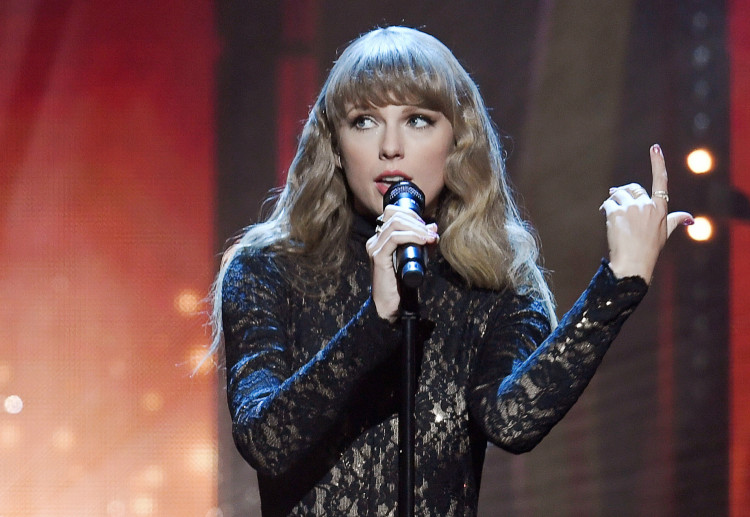The digital world was shaken by the circulation of sexually explicit, AI-generated images of pop icon Taylor Swift. This incident not only sparked widespread outrage among Swift's fans but also caught the attention of the White House, signaling a heightened state of concern at the national level.
Press Secretary Karine Jean-Pierre expressed the administration's alarm, stating, "We are alarmed by the reports of the circulation of the ... false images." This highlights the critical role social media platforms must play in curbing the spread of such harmful content.
Jean-Pierre further emphasized, "While social media companies make their own independent decisions about content management, we believe they have an important role to play in enforcing their own rules to prevent the spread of misinformation and non-consensual, intimate imagery of real people."
The backlash from Swift's fans was swift and significant, with many taking to social media to report the offensive content and call for legislative action against the creators of such deepfakes. The controversy brings to light the broader issue of online harassment and abuse, which disproportionately affects women and girls.
In response, Democrat Rep. Joseph Morelle of New York has proposed legislation aimed at criminalizing the sharing of deepfake pornography, a move that reflects growing recognition of the need for legal frameworks to address the challenges posed by evolving AI technologies. Morelle stated, "The images may be fake, but their impacts are very real."
The response from social media platforms has been a mix of action and inaction. X (formerly Twitter) took steps to remove the offending content after user reports, while other platforms like Meta have also been involved in content removal efforts.
Despite these actions, the incident has sparked a debate on the effectiveness of content moderation and the responsibilities of tech companies in preventing the spread of harmful deepfake content.
The technology behind deepfakes, notably diffusion models like Stable Diffusion, Midjourney, and OpenAI's DALL-E, has become increasingly sophisticated, allowing for the creation of highly realistic and convincing fake images. This technological leap has made it more challenging to detect and prevent the spread of such content, raising concerns among experts and lawmakers alike.
U.S. Rep. Yvette D. Clarke, advocating for digital watermarking, remarked, "Generative-AI is helping create better deepfakes at a fraction of the cost."
The incident has not only mobilized Swift's fanbase but has also drawn attention to the broader implications for privacy, consent, and the ethical use of AI. With tech giants like Microsoft acknowledging the need for enhanced AI safeguards, the conversation is shifting towards a more proactive approach to technology governance.
Microsoft CEO Satya Nadella expressed concern, stating, "Absolutely this is alarming and terrible, and so therefore yes, we have to act."
As the debate unfolds, it's clear that the Taylor Swift deepfake incident is a watershed moment in the ongoing struggle to balance technological innovation with ethical considerations and human rights. The response from lawmakers, tech companies, and the public will set important precedents for how society navigates the challenges and opportunities presented by AI in the digital age.




